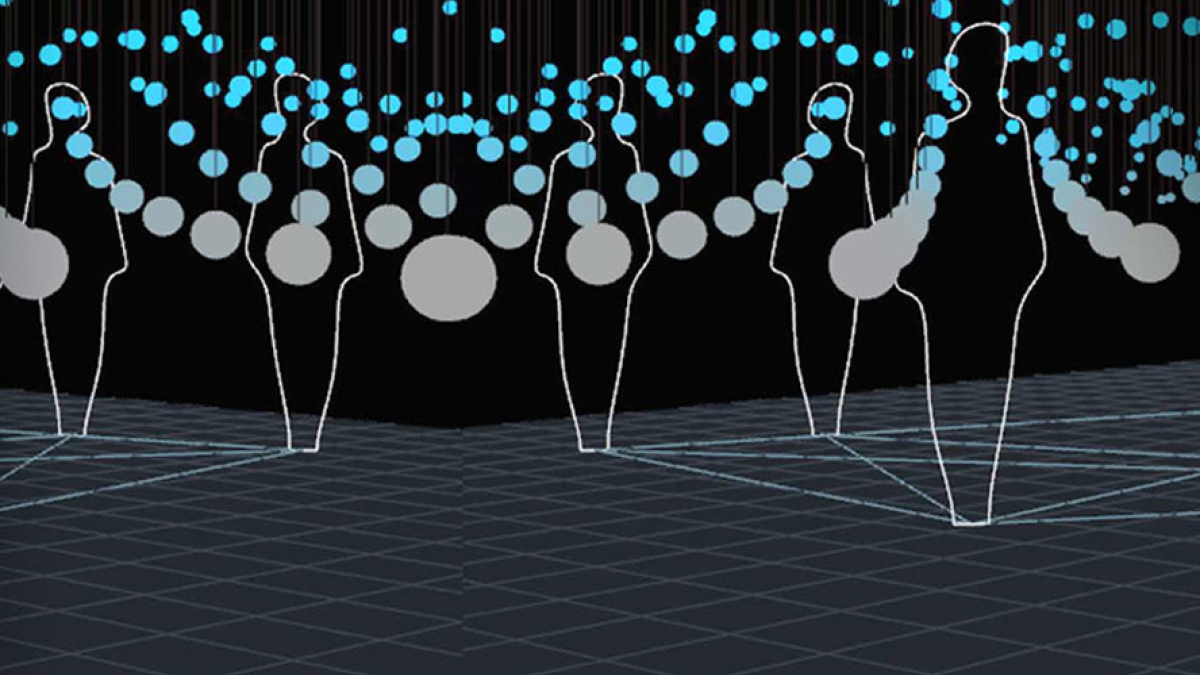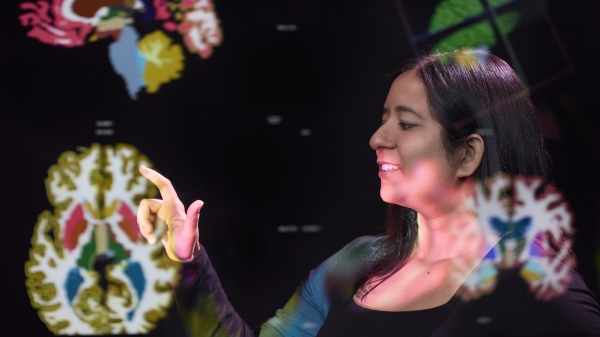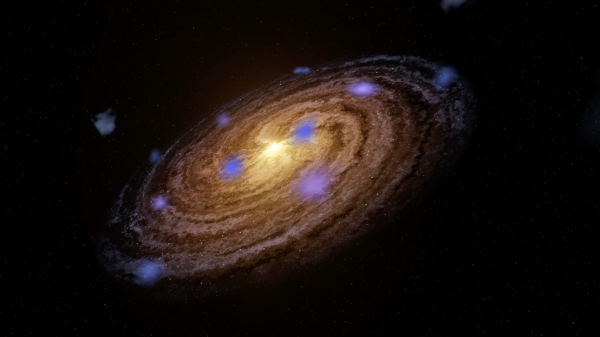ASU students to present biodesign projects at Museum of Modern Art in New York

A team of students from ASU’s Herberger Institute for Design and the Arts has been selected as a finalist to present at the Biodesign Challenge Summit at the Museum of Modern Art (MoMA) in New York City.
The Biodesign Challenge is an international university competition that partners college students with scientists to envision new ways to harness living systems and biotechnology. ASU’s team was chosen as a representative to compete with 22 universities from seven countries around the world at MoMA on June 22–23.
The students took part in the Herberger Institute's Arts Media and Engineering 410 Interactive Materials class, led by Assistant Professor Stacey Kuznetsov. Throughout the spring semester, the students have been developing their projects in conjunction with artists, designers and scientists from ASU’s Biodesign Institute across disciplines including Rolf Halden and Karen Anderson.
They wanted to explore the intersection between art, architecture, the future of biotechnology and our environmental stewardship.
Herberger Institute students Ryan Wertz, Loren Benally, Jacob Sullivan and Veronika Volkova will be presenting their project, called “Life Light,” in New York. For the class, they created a small-scale prototype of an interactive, kinetic art installation that can move with a visitor to envelop them with glow-in-the-dark, or bioluminescent, algae.
The idea is to create a living forest of light that will move and adapt to the configuration of the exhibit space, and the human interaction within the space.
“I would like visitors to feel enchanted,” Benally said. “I want them to stop and take a second to experience what’s going on around them and to think about how it affects them.”
Their end goal is to create an interactive ecosystem that houses a field of lantern-size containers, each growing bioluminescent algae. The algae would be suspended at different heights and the organisms inside will light up when touched by people passing through the exhibit.
Herberger Institute student Veronica Volkova also explained the inspiration behind the project, stating that “we want to make people aware of the relationship between humans and nature.”
Above all, they wanted to create an artwork to show how people’s actions affect the environment, but also how our interaction with the natural world influences us in return.
The team will showcase its project at MoMA on June 22 and 23 to an audience of 200 curators, artists, designers, scientists and more. They will compete for prizes including the Glass Microbe, an artwork produced by U.K. artist Luke Jerram that symbolizes the intersection of art, design and biology.
“These finalists were selected from a pool of 400 participants. Their projects will be seen by thousands of people around the world,” said Daniel Grushkin, founder of the Biodesign Challenge and executive director of Genspace. “I firmly believe that they are leading us into a sustainable future with their visions.”
The projects will be on display at a gallery show at School of Visual Arts in New York City, running until July 1.
Kuznetsov is optimistic about the future of art-science collaboration at ASU. Participating in this year’s competition has shown her the value of interdisciplinary projects such the Biodesign Challenge.
“I’m so thrilled with this class as a starting point for collaboration. Our students should have lab access, they should be able to go to the Biodesign Institute and vice versa. The Biodesign students should be able to come here and use our 3-D printers and laser cutters,” Kuznetsov said. “I hope that sending our team to New York gets us to collaborate more between the two Institutes.”
This is the first year that ASU has participated in the Biodesign Challenge. The project is supported by Herberger Institute for Design and the Arts, the School for the Future of Innovation in Society and the Biodesign Institute.
Written by Michelle Saldana, Biodesign Institute
More Science and technology

Podcast explores the future in a rapidly evolving world
What will it mean to be human in the future? Who owns data and who owns us? Can machines think?These are some of the questions…

New NIH-funded program will train ASU students for the future of AI-powered medicine
The medical sector is increasingly exploring the use of artificial intelligence, or AI, to make health care more affordable and…

Cosmic clues: Metal-poor regions unveil potential method for galaxy growth
For decades, astronomers have analyzed data from space and ground telescopes to learn more about galaxies in the universe.…